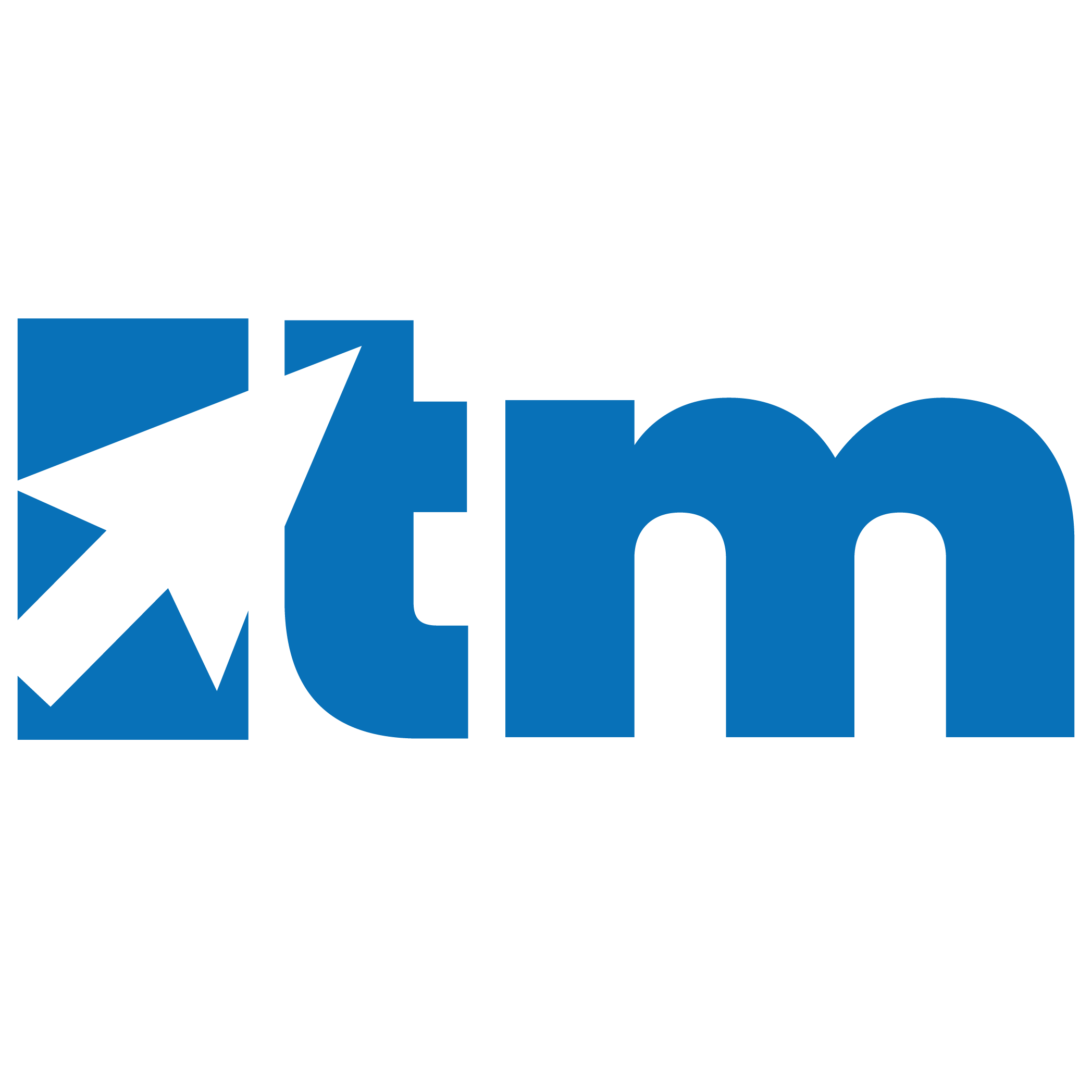Data Management
A high-scaled web server is a server infrastructure that is designed to handle large amounts of traffic and requests from users. This type of server is typically used by large websites, e-commerce platforms, and online services that require fast response times and high availability.
Here are some of the key features of a high-scaled web server:
1. Load balancing: Load balancing is the process of distributing incoming traffic across multiple servers, ensuring that no single server is overloaded. This helps to improve server performance and reduce the risk of downtime.
2. Content delivery network (CDN): A CDN is a network of servers distributed across different locations around the world, designed to cache and deliver content to users from the server closest to their location. This helps to improve website performance and reduce latency.
3. Scalable architecture: A high-scaled web server should have a scalable architecture that can easily handle increased traffic and requests without affecting performance.
4. Redundancy and failover: A high-scaled web server should have redundant components and failover mechanisms in place to ensure high availability and minimize the risk of downtime.
5. High-speed storage: A high-scaled web server should use high-speed storage, such as solid-state drives (SSDs), to ensure fast data access and retrieval times.
6. Advanced caching: Advanced caching techniques, such as object caching and page caching, can help to improve website performance and reduce server load.
7. Advanced security features: A high-scaled web server should have advanced security features, such as SSL/TLS encryption, firewalls, and intrusion detection and prevention systems, to ensure the security and privacy of user data.
By implementing a high-scaled web server, businesses can ensure that their website or online service can handle large amounts of traffic and provide fast, reliable, and secure access to their users.
